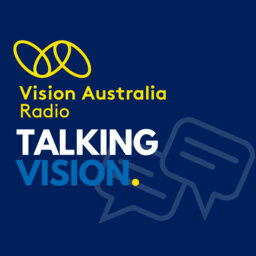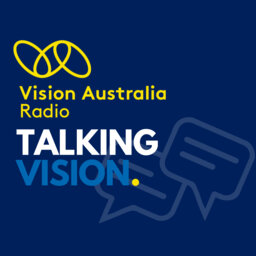Talking Vision Edition 588 Week of 23rd of August 2021
Wayne Hawkins from the Accessible Telecoms project is on the program this week, talking about how he and his team sought to create a resource for users with disabilities that is independent, informative and, most importantly, accessible.
Wayne is blind himself, and among other things he talks about his lived experience as a phone and tablet user who is blind, and the ways in which a resource like Accessible Telecoms can help users who are not only blind or have low vision, but also those with disability in general.
 Talking Vision by Vision Australia Radio
Talking Vision by Vision Australia Radio


